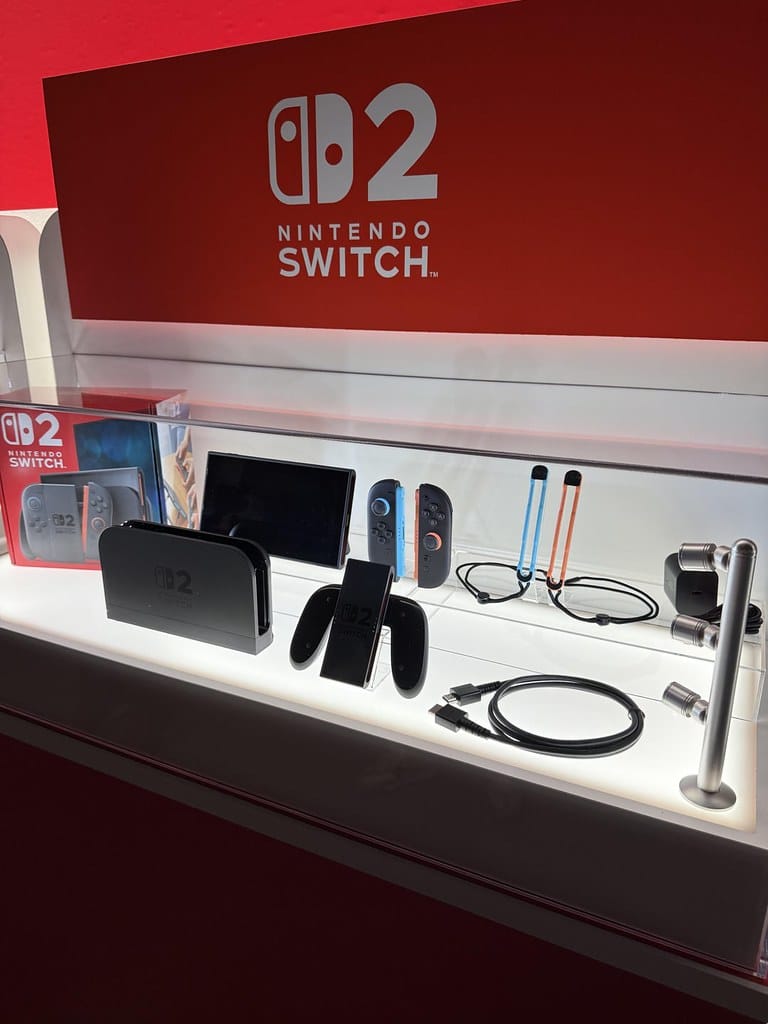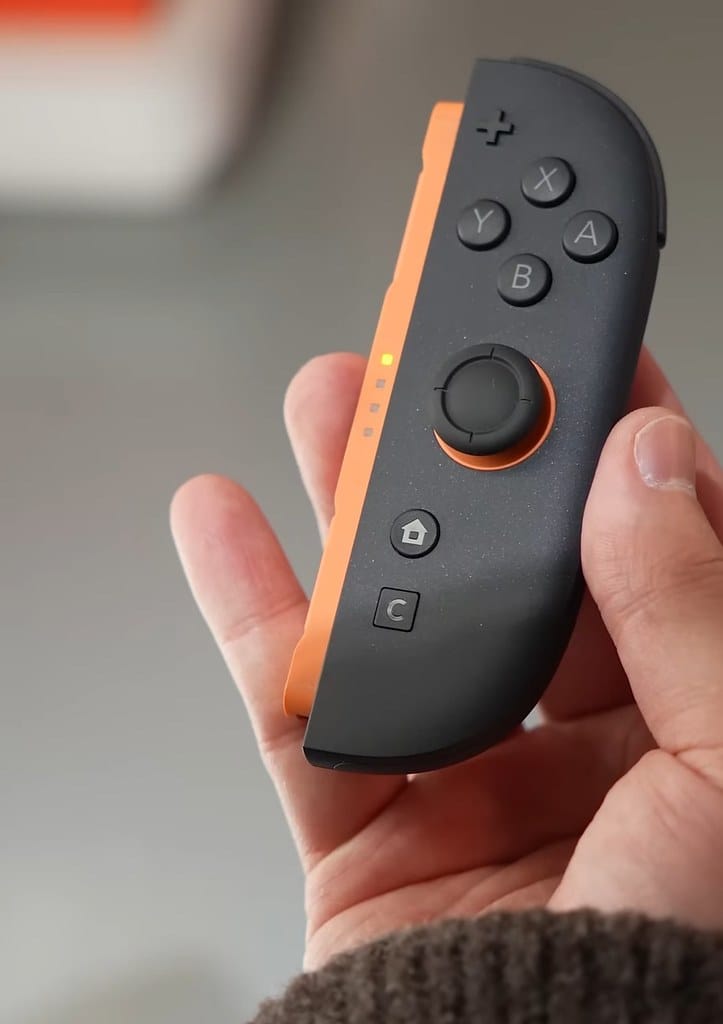Nintendo's Switch 2 USB-C Lockdown: Breaking Third-Party Accessories in the Name of Control
Nintendo has reportedly implemented strict hardware authentication on the Switch 2's USB-C port, effectively killing compatibility with popular third-party docking stations and accessories that millions of gamers rely on daily.
The gaming community is buzzing with concern following reports that Nintendo's upcoming Switch 2 console will feature a locked-down USB-C port that blocks unauthorized third-party docking solutions. This move represents a significant departure from the original Switch's relatively open ecosystem and threatens to disrupt the thriving market of affordable alternative docking options that have served players for years.
The End of Third-Party Docking Freedom
Unlike the original Nintendo Switch, which allowed users to connect various third-party docks and USB-C hubs with minimal restrictions, the Switch 2 appears to implement hardware-level authentication protocols. Early reports from accessory manufacturers suggest that only Nintendo-approved devices will be able to establish proper video output and charging connections through the console's USB-C port.
This authentication system works by requiring specific cryptographic handshakes between the console and connected devices. Third-party manufacturers who have built their businesses around creating affordable alternatives to Nintendo's official dock—which typically retails for $69.99—now face the prospect of being completely locked out of the market.
Impact on Consumer Choice and Wallets
The implications extend far beyond simple inconvenience. Popular third-party docking solutions like those from Genki, JSAUX, and other manufacturers have offered consumers:
- Portable form factors ideal for travel
- Additional ports including extra USB connections and SD card slots
- Competitive pricing often 30-50% less than Nintendo's official dock
- Enhanced features such as adjustable viewing angles and cable management
With these options potentially eliminated, Switch 2 owners may find themselves forced to purchase Nintendo's official accessories at premium prices, with no alternative options for specific use cases like compact travel setups.
Technical Implementation and Precedent
Nintendo's approach mirrors tactics used by other major tech companies to maintain ecosystem control. Apple's Lightning connector authentication and certain laptop manufacturers' proprietary charging protocols demonstrate how hardware lockdowns can effectively eliminate third-party competition.
The Switch 2's USB-C authentication likely operates at the firmware level, checking for specific device signatures before enabling full functionality. While basic charging may still work with generic cables, the crucial docking features—video output, high-speed charging, and data transfer—appear to require official certification.
Industry Pushback and Workarounds
Several accessory manufacturers have already begun exploring potential workarounds, though success remains uncertain. Some companies are investigating:
- Reverse engineering the authentication protocols
- Official licensing partnerships with Nintendo, though costs may be prohibitive
- Adapter solutions that could potentially bridge compatibility gaps
However, Nintendo's history of aggressive legal action against unauthorized hardware modifications suggests that any workaround attempts will face significant challenges.
Consumer Rights and Market Competition
This development raises broader questions about consumer ownership rights and healthy market competition. When customers purchase a gaming console, they traditionally expect to use it with a reasonable selection of compatible accessories. Nintendo's lockdown approach potentially stifles innovation and increases costs for consumers who have grown accustomed to competitive accessory markets.
The move also sets a concerning precedent for the gaming industry. If successful, other console manufacturers might implement similar restrictions, further consolidating control over accessory ecosystems and limiting consumer choice.
What This Means for Switch 2 Buyers
For prospective Switch 2 owners, this news necessitates careful consideration of total ownership costs. Budget-conscious gamers who previously relied on affordable third-party docks and accessories should factor in the potential need to purchase only Nintendo-branded peripherals.
Current Switch owners with extensive third-party accessory collections may want to carefully evaluate whether upgrading to the Switch 2 makes financial sense, especially if their existing setup relies heavily on non-Nintendo hardware that won't carry forward.
The gaming community's response to this news will likely influence Nintendo's final implementation decisions. Strong consumer pushback has occasionally prompted the company to reconsider restrictive policies, though Nintendo has historically prioritized ecosystem control over open compatibility.
As the Switch 2's launch approaches, consumers and accessory manufacturers alike will be watching closely to see whether Nintendo doubles down on this restrictive approach or offers any compromise solutions that balance security concerns with market openness.

